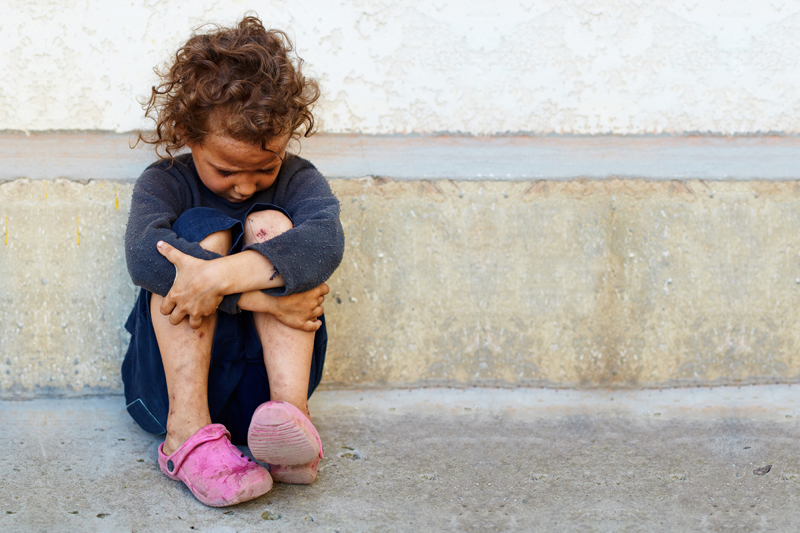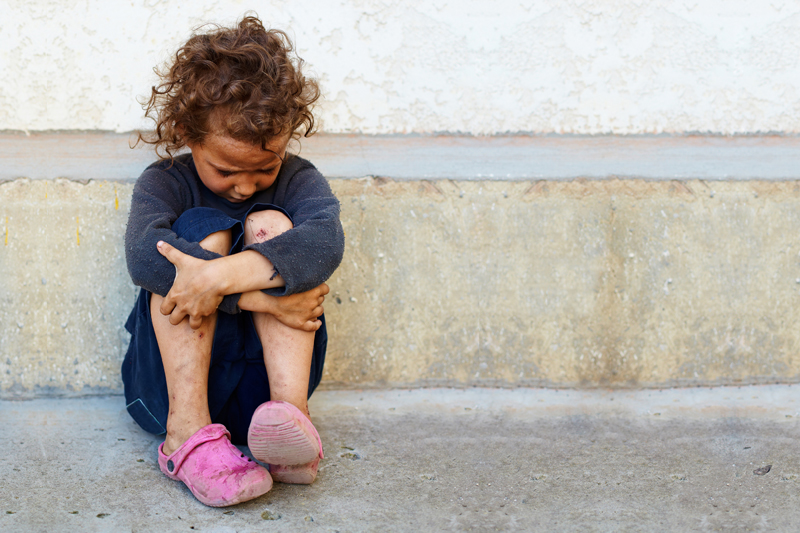Dating Violence in Teens

Teens are often the victims of dating violence. Sadly, many teens are unprepared for a violent situation and often do not know how to respond when someone becomes violent in a relationship. Although statistics show more boys than girls are the perpetrator, either sex can be a victim. One in three teens is estimated to experience some sort of violence while dating. The stats are likely much higher as many teens fail to tell anyone what is happening to them out of fear, shame or embarrassment.
Many teens become victims of violence in a relationship because he or she has a low self esteem, and a poor self image. A low self esteem is one of the first indications that someone may become a victim of violence. According to the National Center for Missing and Exploited Children (NCMEC) one out of four females and one out of five males will be sexually exploited before the age of eighteen. Sadly, these common statistics are likely much higher due to teens either minimizing or not reporting sexual exploitation.
Both dating violence and sexual exploitation are not a result of a sexual issue; it is about having power and control over another person. Dating violence is not a white or black or rich or poor issue. In reality dating violence occurs in all races, both genders, and any socio-economic situation due to the need to feel powerful by controlling someone through threats and abuse.
There are certain behaviors to indicate someone is capable of violence in a relationship:
-Unrelenting jealousy
-Controlling or demanding behavior
-Rapid and unpredictable mood swings
-Using alcohol or drugs
-Isolating the person from friends or even family
-Makes threats of violence
-Becomes physically aggressive
-Has an explosive temper
-Threatens suicide if a breakup is suggested
One reason teens are more susceptible to dating violence as he or she has no real life experiences with relationships outside of their home life and their home life and there may be violence at home. Teens also may not know what appropriate and inappropriate behavior in an intimate relationship. Violence in relationships often will build over time, escalating after a few weeks or months.
Initially what is controlling behavior may be mistaken for caring behavior. An example of this is a boyfriend who constantly wants to know where his girlfriend is when they are apart. He may insist in knowing who she is with or what she is doing. Initially this may come off as he wants to know I am safe. This would explain behavior from a partner who wants his significant other to call him as soon as she walks in the door, first thing in the morning, as soon as I am home from my job or after school activity.
The controlling aspects of an abusive relationship may be clearly visible in hindsight but not so obvious when happening at the time when teens are craving to be independent and grown up. One of the main reasons a teen will not report a violent dating relationship is he or she may fear mom or dad will be unsupportive and point out that this is why he or she is obviously not ready to date.
As a parent we must help our teens understand what is appropriate behavior and what is not appropriate, and to have a safety plan in place before he or she begins to actively date. A cell phone can be invaluable when a teen is starting to date or go out with friends. The cell phone allows a teen to call for help from a parent, other safe adult, or 911 if needed.
In the event you are a teen in a violent relationship or have been in a violent relationship please talk to a school guidance counselor, parent, or medical professional. What has happened to you is not your fault.
The person causing the violence is the person who is at fault. Please seek help or get out of the relationship immediately if you are being threatened or hurt. Call 911, call home, or talk to a trusted adult. Please get out of a violent relationship immediately. Anyone who threatens or hurts you is not healthy for you. No one deserves to be hurt or controlled ever.
Many teens become victims of violence in a relationship because he or she has a low self esteem, and a poor self image. A low self esteem is one of the first indications that someone may become a victim of violence. According to the National Center for Missing and Exploited Children (NCMEC) one out of four females and one out of five males will be sexually exploited before the age of eighteen. Sadly, these common statistics are likely much higher due to teens either minimizing or not reporting sexual exploitation.
Both dating violence and sexual exploitation are not a result of a sexual issue; it is about having power and control over another person. Dating violence is not a white or black or rich or poor issue. In reality dating violence occurs in all races, both genders, and any socio-economic situation due to the need to feel powerful by controlling someone through threats and abuse.
There are certain behaviors to indicate someone is capable of violence in a relationship:
-Unrelenting jealousy
-Controlling or demanding behavior
-Rapid and unpredictable mood swings
-Using alcohol or drugs
-Isolating the person from friends or even family
-Makes threats of violence
-Becomes physically aggressive
-Has an explosive temper
-Threatens suicide if a breakup is suggested
One reason teens are more susceptible to dating violence as he or she has no real life experiences with relationships outside of their home life and their home life and there may be violence at home. Teens also may not know what appropriate and inappropriate behavior in an intimate relationship. Violence in relationships often will build over time, escalating after a few weeks or months.
Initially what is controlling behavior may be mistaken for caring behavior. An example of this is a boyfriend who constantly wants to know where his girlfriend is when they are apart. He may insist in knowing who she is with or what she is doing. Initially this may come off as he wants to know I am safe. This would explain behavior from a partner who wants his significant other to call him as soon as she walks in the door, first thing in the morning, as soon as I am home from my job or after school activity.
The controlling aspects of an abusive relationship may be clearly visible in hindsight but not so obvious when happening at the time when teens are craving to be independent and grown up. One of the main reasons a teen will not report a violent dating relationship is he or she may fear mom or dad will be unsupportive and point out that this is why he or she is obviously not ready to date.
As a parent we must help our teens understand what is appropriate behavior and what is not appropriate, and to have a safety plan in place before he or she begins to actively date. A cell phone can be invaluable when a teen is starting to date or go out with friends. The cell phone allows a teen to call for help from a parent, other safe adult, or 911 if needed.
In the event you are a teen in a violent relationship or have been in a violent relationship please talk to a school guidance counselor, parent, or medical professional. What has happened to you is not your fault.
The person causing the violence is the person who is at fault. Please seek help or get out of the relationship immediately if you are being threatened or hurt. Call 911, call home, or talk to a trusted adult. Please get out of a violent relationship immediately. Anyone who threatens or hurts you is not healthy for you. No one deserves to be hurt or controlled ever.

Related Articles
Editor's Picks Articles
Top Ten Articles
Previous Features
Site Map
Content copyright © 2023 by Erika Lyn Smith. All rights reserved.
This content was written by Erika Lyn Smith. If you wish to use this content in any manner, you need written permission. Contact Erika Lyn Smith for details.



